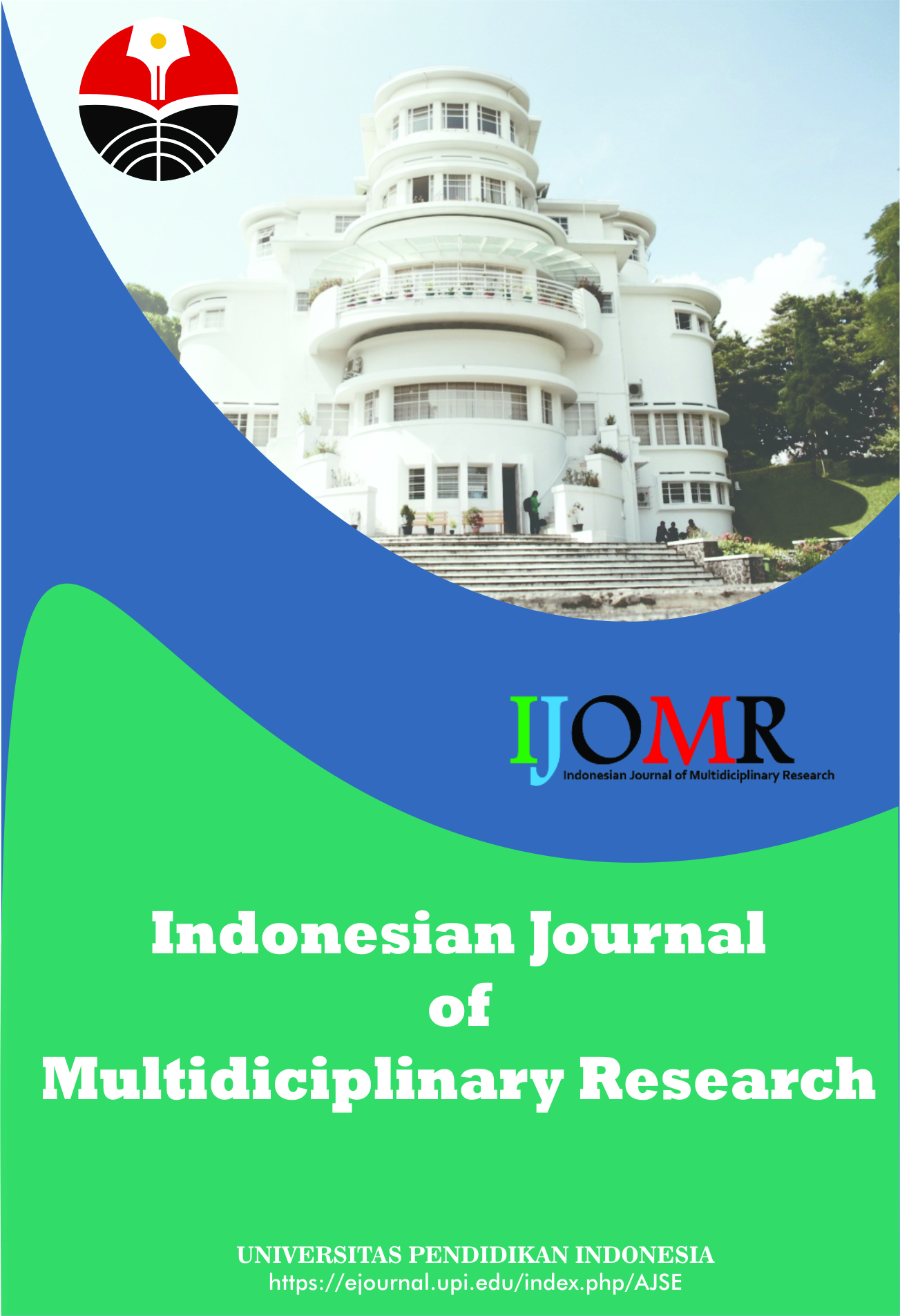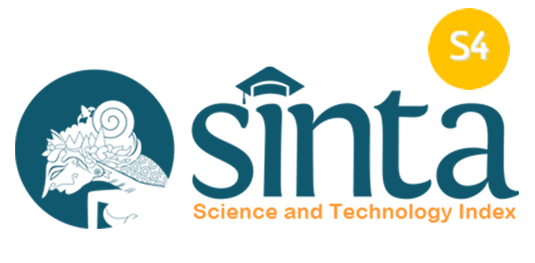Introducing of Financial Literacy in Shaping Saving Behavior in Elementary School Students
Abstract
Keywords
Full Text:
PDFReferences
Appleyard, L., and Rowlingson, K. (2013). Challenges for developing financial capability in the classroom. Journal Social Policy and Society, 12(4), 507– 520.
Arifudin, I. S. (2015). Peranan guru terhadap pendidikan karakter siswa di kelas V SDN 1 Siluman. Jurnal Ilmiah Pendidikan Guru Sekolah Dasar, 2(2), 175–186.
Bowen, C. F. (2002). Financial knowledge of teens and their parents. Financial Counseling and Planning, 13(2) 202-205.
Kholilah, N. A. l., and Iramani, R. (2013). Studi financial management behavior pada masyarakat Surabaya. Journal of Business and Banking, 3(1), 69–80.
Kuswianti, H., and Ulfah, M. (2021). Gerakan literasi finansial di SMA Kabupaten Kubu Raya Kalimantan Barat. Jurnal Pendidikan Ekonomi, 9(1), 1-2.
Laila, V., Hadi, S., and Subanji. (2019). Pelaksanaan pendidikan literasi finansial pada siswa sekolah dasar. Jurnal Pendidikan: Teori, Penelitian, dan Pengembangan, 4(11), 1491-1492.
Lusardi, A., Michaud, P. C., and Mitchell, O. S. (2017) Optimal financial knowledge and wealth inequality. Journal of Political Economy, 125(2), 431-477.
Pujianti, T., Syaodih, E., and Djohaeni, H. (2019). Peran orang tua dalam melakukan financial education pada anak usia dini. Jurnal Edukids, 16(2), 99–108.
Rapih, S. (2016). Pendidikan literasi keuangan pada anak: Mengapa dan bagaimana?. Jurnal Pendidikan dan Kebudayaan, 6(2), 14-28.
Sina, G. P. (2014). Peran orangtua dalam mendidik keuangan pada anak. Jurnal Pengembangan Humaniora, 14(1), 74-75.
Sirine, H., and Utami, S.D. (2016) Faktor-faktor yang mempengaruhi perilaku menabung di kalangan mahasiswa. Jurnal Ekonomi dan Bisnis, 19(1), 27-30.
Widyastuti, U., Suhud, U., and Sumiati, A. (2016). The impact of financial literacy on student seachers’ saving intention and saving behaviour. Mediterranean Journal of Social Sciences, 7(6), 41–48.
Yahaya, R., Zainol, Z., Abidin, J. H. O. Z., and Ismail, R. (2019). The effect of financial knowledge and financial attitudes on financial behavior among university students. International Journal of Academic Research in Business and Social Sciences, 9(8), 22–32.
Yuwono, W. (2020). Konseptualisasi peran strategis dalam pendidikan literasi keuangan anak melalui pendekatan systematic review. Jurnal Obsesi: Jurnal Pendidikan Usia Dini, 3(2), 1419-1420.
DOI: https://doi.org/10.17509/ijomr.v2i1.38625
Refbacks
- There are currently no refbacks.
Copyright (c) 1970 Kantor Jurnal dan Publikasi, Universitas Pendidikan Indonesia (UPI)

This work is licensed under a Creative Commons Attribution-ShareAlike 4.0 International License.
Indonesian Journal of Multidiciplinary Research (IJOMR) is published by Universitas Pendidikan Indonesia (UPI)















